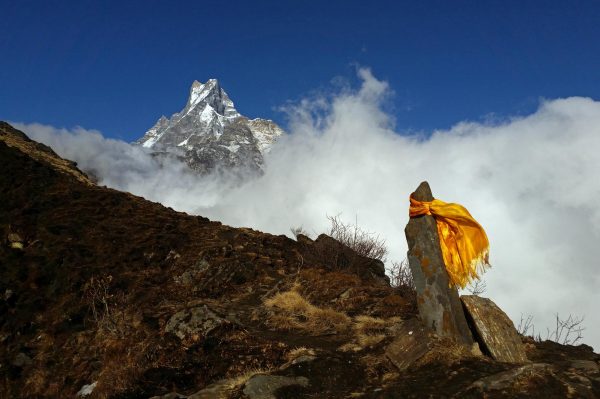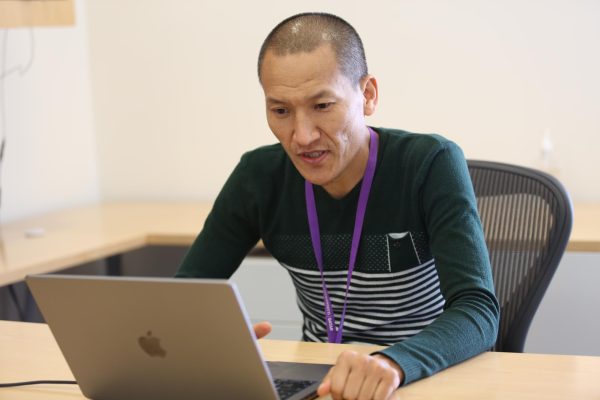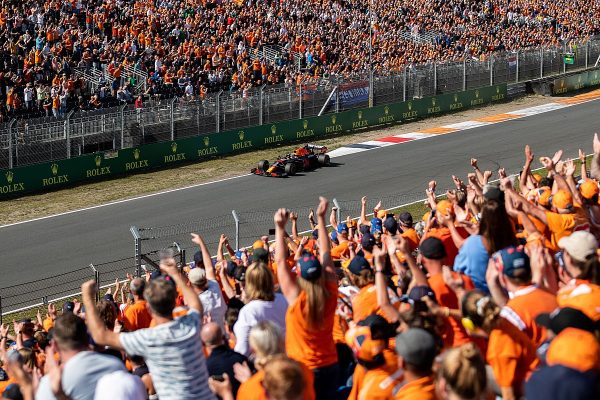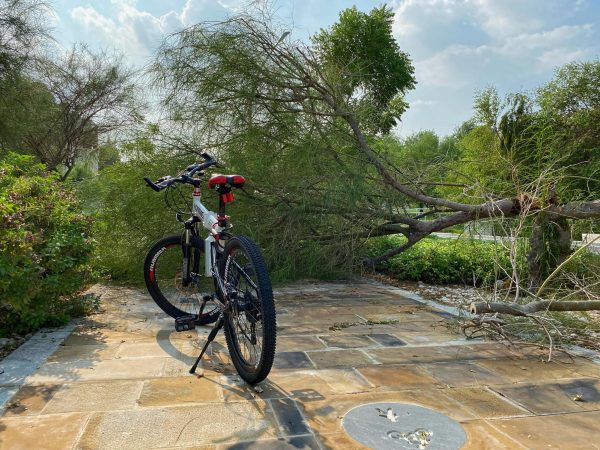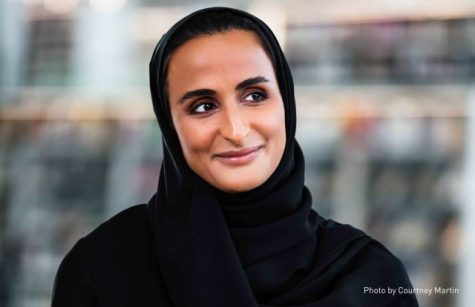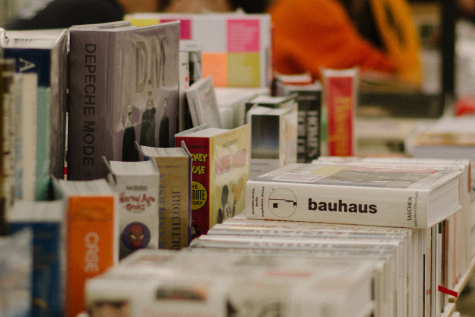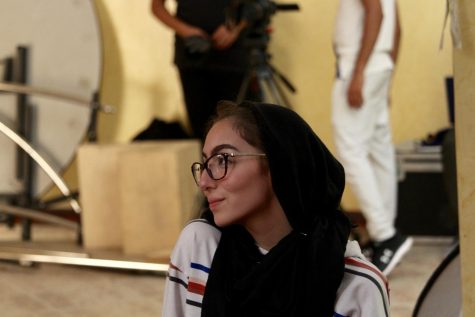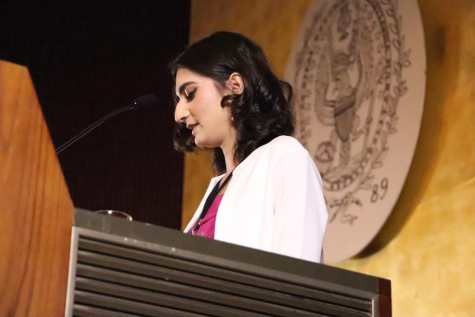Constraints, Confrontations and Community: Women’s Unique and Evolving Social Media Experience

Whenever Dana Al-Khiyami, a sophomore at Northwestern University in Qatar, wants to express her political opinions on social media, she has to carefully think about how she can do so without invoking the wrath of her family. To avoid getting into trouble for her political opinions, which her family often disagrees with, Al-Khiyami tiptoes over the familial connections she has on her social media. She uses the private story feature on Snapchat to pour her thoughts out to an audience of her choosing.
Women around the world like Al Khiyami face multiple unique pressures on social media from gendered violence in response to posts expressing controversial opinions, to very overt restrictions on the kind of content that they can post in the first place. In response to these pressures, however, many women are reclaiming their online spaces by adapting to the restrictions placed on them and using the privacy tools social media has provided them with to curate a personal space where they can openly express themselves outside of societal judgment.
Patriarchal norms often create expectations regarding what kind of social media content is appropriate for women to post, especially in South Asia. In India, a very specific form of caste-based patriarchy produces a power structure that shapes women’s social media use, according to Sujatha Subramanian, a doctoral scholar at the department of women’s gender and sexuality studies at The Ohio State University.
“It’s not just that they have to think about norms of gender or femininity, but they also have to think what an appropriate caste-based femininity is,” said Subramanian. Brahmanical patriarchy, for example, is a patriarchal order that leads to the subordination of control of women of all castes. With its emphasis on female sexuality being limited to marriage and guardianship by a male family member, girls interacting or posting pictures with boys on social media can often become problematic, she said. On top of that, these expectations can be enforced equally on a 16-year-old girl as well as a 30-year-old woman. “It’s almost as if you were permanently stuck in girlhood in terms of autonomy,” said Subramanian.
Women, however, have found a way to “carve” out their own space, despite these restrictions, stated Subramanian.
In her research in India, Subramanian found that to circumvent the constant surveillance of the family, girls often make two profiles on the same social media site: one that is made accessible to relatives and obeys their expectations, and another on which relatives have been blocked allowing the girls to post and interact the way that they please.
“They’re using that [social media controls] to their advantage if their definition of danger or risk is different from how their families and communities would want to define it,” said Subramanian.
Privacy controls on social media that allow only selected people to see what you have posted allow women like Al-Khiyami to fully express themselves while also maintaining their security.
In this situation, with an easily accessible, sheltered and customizable online space available to them, many women have used their social media platforms for political and social critique on issues that would otherwise be considered taboo in their home society.
The capitalization of social media spaces for self-expression by women is not just specific to South Asia. This phenomenon can be seen in regions across the world, including the Arab region.
Women are engaging in feminist discourse, circulating body positive language, and exposing issues such as sexual harassment, all through social media, according to Sara Mourad, assistant professor of media studies at the American University of Beirut.
Instagram in Lebanon, for instance, is frequently used by women for lifestyle, fashion and business purposes but, over the last few years, it has also become a major tool for feminist content, she said.
Mauj is an Instagram page that was founded by women across various Arab countries, including Lebanon. It hosts over 49,000 followers and posts content on female sexual and reproductive health in English and Arabic. The page is growing increasingly popular in the Arab region even though sex is a taboo topic, said Mourad. Recently, the organization also launched the first vibrator designed for Arab women. “There’s a lot more talk about female sexuality today online … [the] female anatomy of desire and trying to normalize female pleasure,” said Mourad.
Feminist communities on social media that post content in Arabic and English such as Mauj and ‘Hammam Radio’ are enabling younger women these days to grow up more exposed to feminist thought outside a classroom setting, according to Mourad.
These spaces, however, are not limited to political expression. Fun and leisure is an integral part of social media use for women, according to Marybeth Stalp, professor of sociology at the University of Northern Iowa. “We often don’t allow women the time, space or money to have fun,” she said. Social media has given women this space for change.
Raahima Shayan, a second-year student at the National College of Arts in Pakistan, for example, runs a dynamic Instagram account that includes her commercial photoshoots, as well as personal passion projects that mostly take the form of videos.
In one of Shayan’s videos, titled “Wish I Was You, Man” a female character starts dressing and acting like a man in the hope that she will be given more freedom than before. Eventually, this character realizes that she will never be like other men, thus depicting her frustration with misogyny in society. In another post, Shayan pieces together artistic shots and animations, such as a clip of her hesitantly reaching towards a mirror with an arm out, to express what it’s like to feel lost.
“I think it’s deeply important to me to express myself through videos because it’s cathartic,” said Shayan regarding the raw emotions that she tries to depict in her content.
For Moom Thahinah, a junior at NU-Q, the anonymity that social media provides allows her to take control of what she wants her online presence to be known for. Experimenting with forms of media on social networking sites is a significant part of self-expression for her. “I can use video compilations of how my day went, paint something and put my voice over, or even make a time lapse with written statements on it and upload them on Instagram or Tiktok,” she said.
In the same way, Summer Nawaz, a 22-year-old writer living in the U.S, mainly expresses herself on social media through tweets, Tumblr posts, or writing fan fiction stories for her favorite books and TV shows. “Even if it’s like speaking into the void, even if no one is really listening, I enjoy getting my thoughts out there,” she said.
According to Subramanian, recognizing that women can use their personal online spaces in whichever way that they want is crucial. When women take and post selfies, it is often motivated by a desire to simply preserve memories or have fun, but that nuance is not always read, said Subramanian. “It is all about why girls keep taking so many pictures, why are they so self-obsessed?” she stated.
The kind of gendered judgment that Subramaniam speaks of is usual in everyday society and can seep into online spheres as well. The way their self-expression online may be judged is a constant worry for many women and causes some to self-censor their content.
With the emotionally charged nature of her videos, Shayan feels like she is held back from being fully expressive by how viewers may perceive her as weak, vulnerable or unstable.
The permanency of online activity can also make women concerned about how their social media presence will be received. “This awareness often stops me from expressing how I truly feel because no one is certain of what another person may think,” said Thahinah.
Al-Khiyami has felt herself become more expressive about her opinions on issues all around the world, except for her home country, Syria. “It’s a bit scary because I still have family in Syria, so it could affect them,” she said.
Political expression is especially challenging for women when it is met with gendered violence which can include harassment on social media, threats of physical harassment, non-consensual distribution of intimate pictures and personal information as well as anti-feminist hate speech, according to Claudia Wilhelm, assistant professor of media and intersectionality at the University of Vienna. This stems from factors such as gendered inequalities (in political participation, for example) being replicated online and the anonymity of online users that prevents them from having to confront the immediate reactions of their victims, said Wilhelm.
Respectability politics has greatly influenced the way women are made to tone down their self-expression or visibility, even when championing important rights such as during the U.S. suffragist movement. The ideology of respectability politics is used to describe how Black people, in particular, are expected to achieve racial progress by modifying their behaviors to appease the White gaze.
Over time, respectability politics has found its way into the online sphere whereby women have to curate and self-censor their digital identities to fit acceptable norms of sexuality.
In December 2019, for instance, Lizzo’s outfit at a Lakers game sparked criticism for trying “too hard to push her [body positive] agenda.” The singer took to an Instagram live stream in response and stated that she would not censor herself just because people were watching or because they find her self-love too much.
Women bear the brunt of very specific forms of harassment online compared to men. For instance, women face more severe and upsetting harassment online than men do, according to a report published by Pew Research Center in January 2021. The harassment they experience compared to men is more likely to be sexualized and to occur through social media specifically, according to the report. Thirty three percent of American women under the age of 35 have reported sexualized harassment online, compared to 11 percent of men, and 13 percent more women have experienced harassment over social media especially.
“Women speaking out in public especially on controversial topics [such as gender equality, sexism, LGBTQ+ issues] are at higher risk [than], for instance, journalists, politicians and researchers,” she said.
However, employing more women in the social media business and incorporating safety features for them on these apps can encourage women to use social media more safely and comfortably, noted Stalp.
In the absence of solid safety mechanisms, female communities on social media play a large part in women being expressive on and enjoying social media. “Connecting with others is important and social media plays an important role to support one another,” said Stalp.
For women who have experienced attacks of sexism and harassment either online or in the offline world, social media is a major way for women to gain support from each other, according to Paulina Inara Rodis, predoctoral fellow University of Pennsylvania’s Annenberg School for Communication. While some women start the conversation about their experiences, others respond by sharing how they have been through the same thing and can understand.
“We may not be responding directly to the person who instigated the racism or sexism, but we can find communities in which we can talk about what happened to us and we’re responding directly to it,” said Rodis.
In terms of leisure-based support groups, TikTok is becoming a major community for women to express themselves through a similar interest, such as dance. “Dance culture has had a really important role within girl culture for many decades now,” said Melanie Kennedy, lecturer in Media and Communication at the University of Leicester.
Going to discos or simply dancing in their bedrooms has historically been a prominent activity for girls, Kennedy stated. Nowadays, we see a rendition of that with girls still dancing right from their bedrooms but just being able to share it with other girls through TikTok now, a social media site that welcomes that kind of background and aesthetic in posts, compared to the more formal and staged nature of Instagram, for example.
Social media friendships and connections can also become an important source of support for women to pursue their ambitions, something that is especially important in societies where they are told their ultimate goal should be to become a homemaker, or that they should take up careers that are not demanding or require limited interaction with men.
Shayan got a creative push with her blog after speaking to another content creator that had a significant following. “It was because of talking to someone with a platform and seeing their confidence,” she said.
While there is a common belief that social media is largely responsible for making girls feel insecure about themselves, this narrative may not be completely true anymore. In recent years, there has been an emerging and increasing narrative around body positivity through these channels, according to Subramanian.
In India, for example, where colorism persists as a strong societal issue, more and more Instagram pages are dedicated solely to celebrating dark skin, said Subramanian. “Unlike what you see in mainstream media where you still have really light skinned women becoming actresses and models, on social media at least my feed is a little more different,” she said.
Some women have even chosen to avoid letting social media influence their outlook on appearances. “When it comes to body and appearance, I try to be more positive about the way I look, but that’s a special journey all on its own that I don’t let social media dictate in any way,” said Nawaz. “That’s something I need to work [on] on my own,” she said.
Body positivity posts that spread through social media are oftentimes not even realistic. Studies indicate the body positivity movement has been co-opted by very slim bodies, leaving behind the fat women for whom it was created. Moreover, the support we see for a couple of body positive Instagram pages does not necessarily translate to people’s views and actions in real life.
When American singer Billie Eilish, who is known for usually wearing baggy clothes, once stepped out in a ‘revealing’ outfit, the internet flooded with negative tweets and memes about how her body looked. And this happened despite the fact that Eilish has a relatively slim body type.
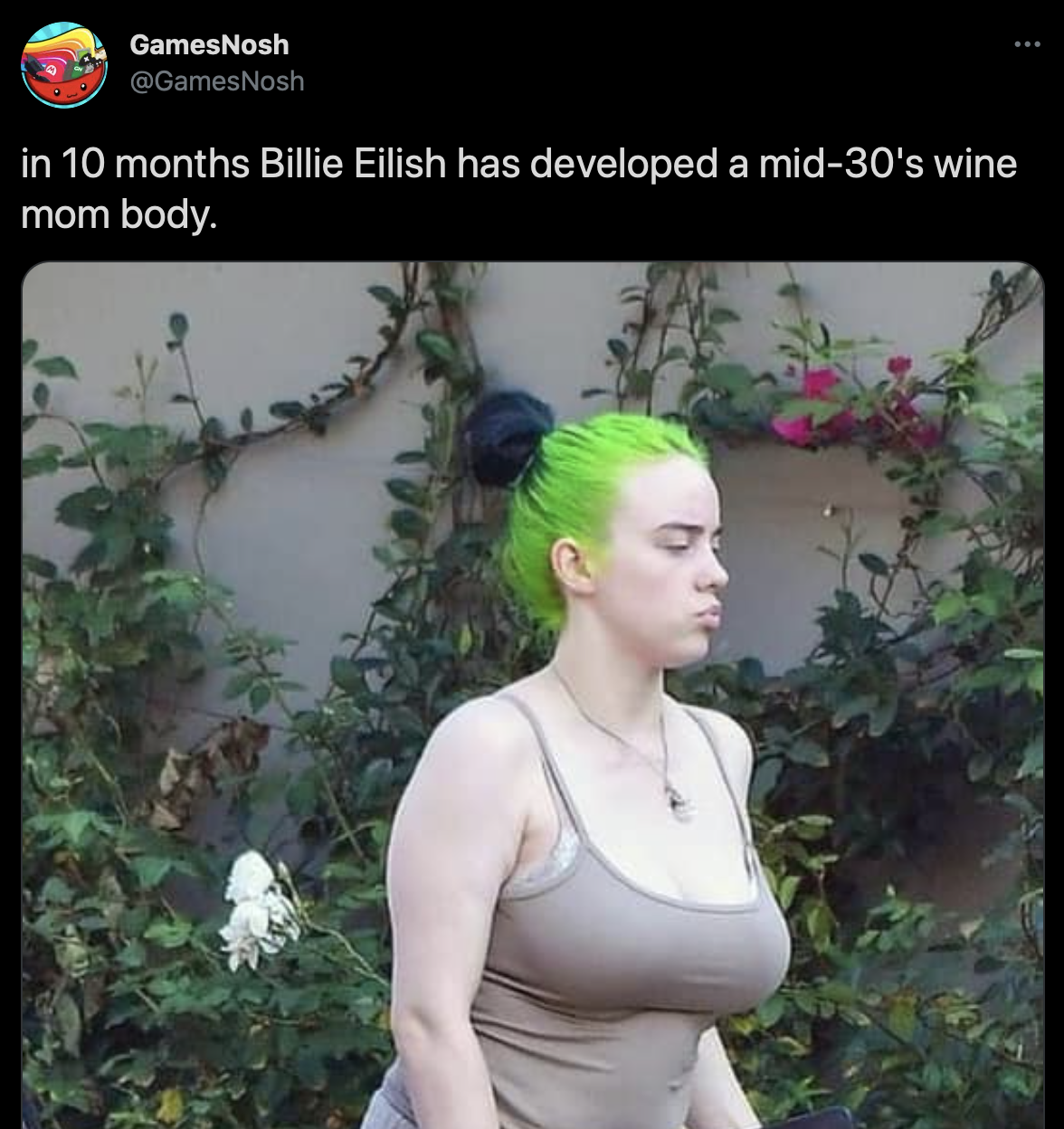
Social media has given a massive amount of visibility to those of a very specific, conventionally attractive body type. “The most visible, most followed influencers on these platforms are dominated by white, middle class, heteronormatively attractive, able-bodied subjects,” according to Kennedy.
Even still, for Mourad, the emphasis that social media places on women to be body positive and unconditionally confident can pressure them too much as individuals. Instead, there is a need to reframe the language used on social media in a way that calls out the social structures responsible for creating rigid ideals of femininity and beauty, she said. “[The current language used] removes the focus of critique from society on to our self and our bodies, and what we need to do in order to be happy, to thrive or succeed,” added Mourad.
This does not mean that social media has not brought any benefits, though. Nawaz stated that it has even helped her learn more about herself. “Because, for the most part, social media allows you to be who you want, I’m learning more about myself in terms of my sexuality, too,” said Nawaz. “I haven’t figured it out completely, but it’s a work in progress.”



